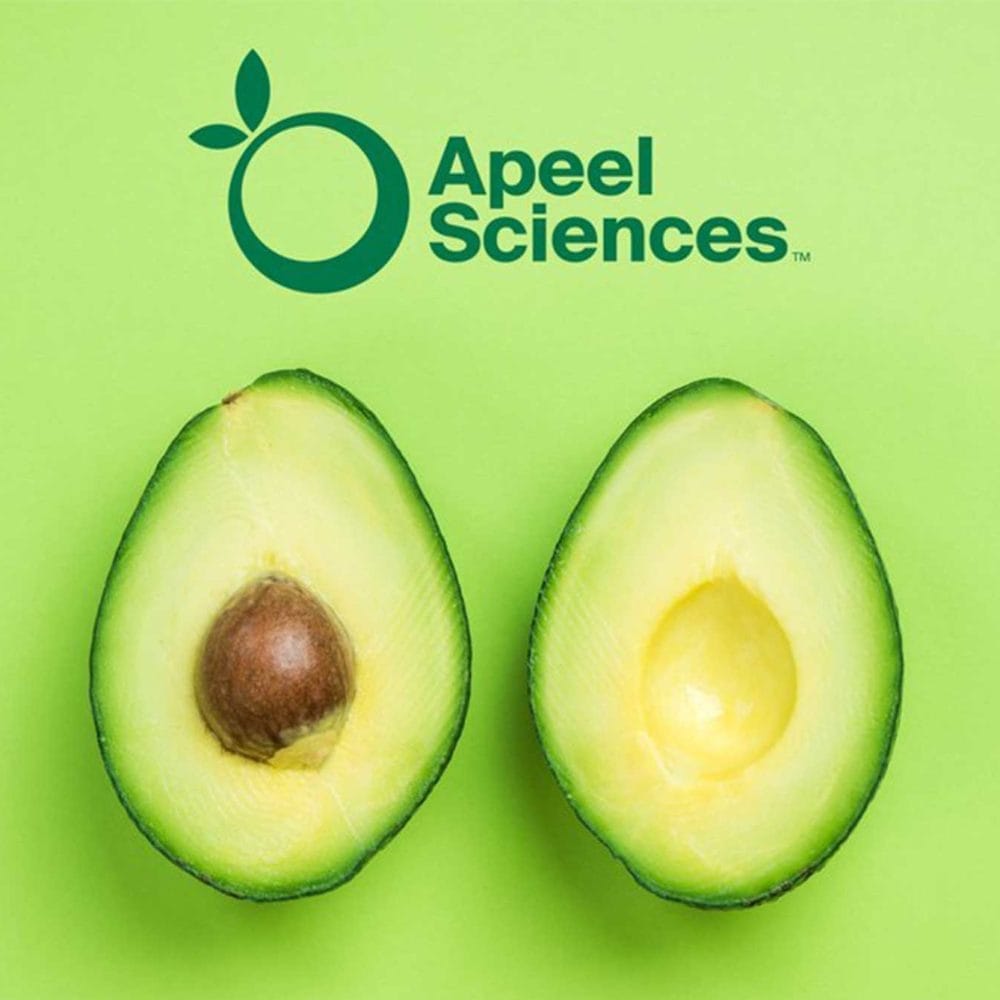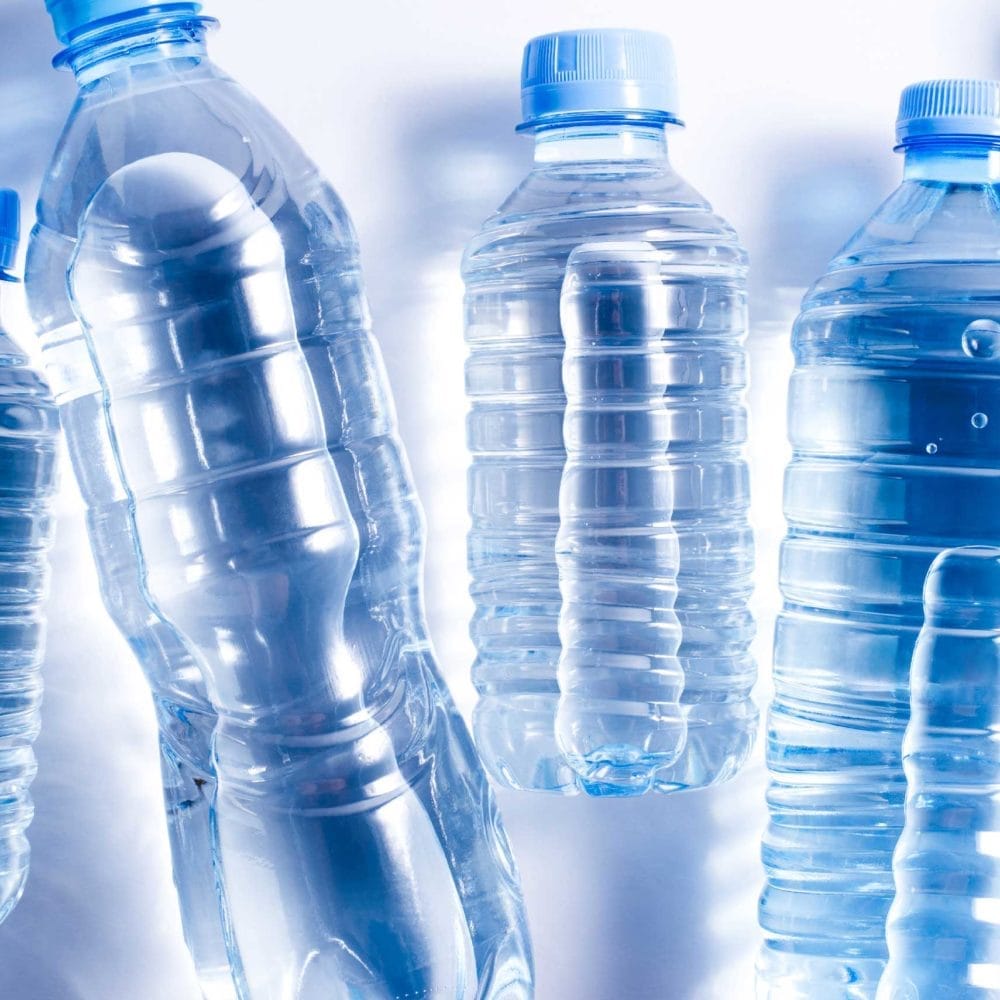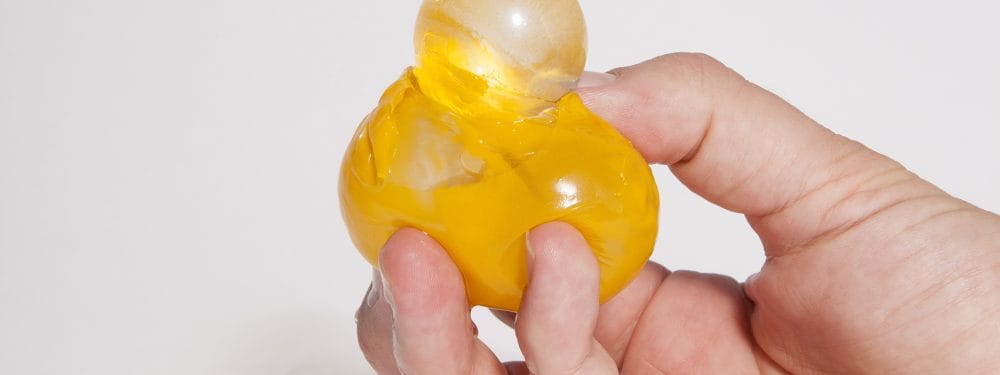Is there such a thing as sustainable packaging?
Sonja Bähr – Senior Packaging Consultant – TILISCO GmbH, Packaging management | Made for Recycling | Ecodesign | Optimization
Guest contribution: Sonja Bähr
It doesn’t exist. It does exist. It all depends! It is clear that this is not the answer you would like to get when you enter the term ‘sustainable packaging’ into the trustworthy search engine. But at least you can then choose from around 9.67 million results. Any suitable sustainable packaging will probably be included when it comes to packaging food well.
Try and error is one way, the other starts with answering a few questions. Because packaging is complex. When making the selection, at least the following points must be considered: the material, the product, the packaging process, the logistics, the brand, the consumer, the trade, the environment, the disposal, …
The search for the right packaging that should also be sustainable is linked to various conditions.
First of all, it is important to define what sustainability actually is? There is no official definition and everyone understands it to be a little bit different. The large internet lexicon says the following: “Sustainability is a principle of action for the use of resources, in which a permanent satisfaction of needs should be guaranteed by preserving the natural regenerative capacity of the systems involved.” In other words: “Do not take more than you use and take care of yourself ensuring that supplies are available in a reasonable time and under appropriate conditions. ”But we haven’t done that for a long time. Earth overload day, i.e. the point in time when more resources are used than are actually available, moves forward every year. We live on credit, largely with an here today, gone tomorrow mentality and pay too little attention to whether and how the resources can be used again when we consume them.
In relation to food packaging, from a technical or professional point of view as a designer, bottler or manufacturer, but above all as a consumer, one must first of all ask: “Do I need the product?”.
So if consumption is necessary, one can immediately ask the next question, does the product have to be packaged at all? After the organic trade and the unpackaged shops, the conventional trade is now omitting more and more packaging. Omission is sustainable or can at least be sustainable, namely whenever the product does not suffer from it and spoils or becomes inedible or unsaleable. In general, it can be said that more resources such as water, land and energy are used in the production of a foodstuff, including largely unprocessed products, than the packaging that goes with it. Exceptions prove the rule.
This means that maintaining the quality of the product is sustainable because it is bought and consumed and not incinerated as waste in the biogas plant. This means that the most important function of the packaging, regardless of the product, is named: it is the protective function. That is the very purpose of packaging: to protect the product from external factors such as moisture, oxygen, light, bacteria, vermin, destruction, etc. But the environment must also be protected from the product under certain circumstances, just think of the smell, product components such as fat or harmful substances.
The product determines the requirements for the packaging. What is the product like, is it liquid or solid? Is it a fresh or long-life product? How long should the shelf life be? Is the product heavy or light? Is the product damp or dry? Do you need a cold chain? Are there requirements for barriers that must protect the product from water vapor, oxygen or light? This series can be continued at will and at some point the question of sustainability will arise again.
There are two main directions that packaging can follow to become more sustainable: maximizing recyclability or reducing its carbon footprint.
Sometimes these goals contradict each other or contribute to each other. And it is not about a local trend or a German idea, rather it is dealing with waste in the sea and on land, as a task to be solved globally.
The United Nations was able to agree on 17 goals for sustainable development (UN Sustainable Development Goals (SDG)). However, the goals do not provide any definitions or measurable values. Measures for more sustainable packaging solutions touch on at least four of the goals: ‘Zero hunger’ – ‘Responsible consumption and production’ – ‘Climate action’ and ‘Life below water’.
The more than 450 global branded companies from various industries that have jointly signed the agreements of the Ellen MacArthur Foundation have to submit to significantly more specific requirements.
Clear goals have been set here since October 2018: Problematic or unnecessary plastic packaging should be avoided. Reuse should be preferred over single use. It must be ensured that 100% of plastic packaging can be easily and safely reused, recycled or composted by 2025. In addition, the amount of recycled plastic should be increased significantly and processed into more new packaging or products.
The EU’s Plastic Strategy takes up precisely these goals and gives them more concrete form. From July 2021, these requirements must be transposed into national law in European countries: Then certain plastic products such as disposable tableware, straws, balloon sticks and beverage cups will be banned. From 2025, the collection target for the recycling of PET beverage bottles should be 77%, lids must then be permanently attached to the bottles and PET bottles must have a recycled content of 25%. As part of the extended manufacturer responsibility, the manufacturers of e.g. cigarettes, fishing nets and plastic bottles should contribute to the cleaning costs of the beaches. By 2030, all plastic packaging in the EU should be recyclable or reusable. The focus is on a definition of recycling-friendly design.
Germany is already implementing some of the EU requirements in the German Packaging Act (VerpackG). In §4 the requirements for packaging are described as follows: Avoidance, reduction, high-quality material recycling, promote the use of recyclates.
These goals call for concrete implementation in packaging:
Maximizing recyclability for example through the use of more mono-material, making composites recyclable, paying attention to separable components, transparent plastic containers are much better suited for recycling.
Reduction of the CO2 footprint, for example, through the use of fewer materials and resources, the use of materials made from renewable raw materials, which can, however, at the same time be reused in the cycle. The use of recyclates also reduces the CO2 footprint, as does very good recyclability.
Many large branded goods companies and retailers are already announcing corresponding goals. Current research and development projects are working on new materials that are increasingly recyclable, as well as on packaging that is produced from renewable raw materials, ideally from those that would otherwise be produced as production waste.
The search for sustainable packaging is always an individual consideration. It is possible that not all requirements can be met, then priority must be given and the next best alternative is used.
But there are good and sustainable solutions, real innovations and hopeful concepts. Everyone who deals with packaging should definitely keep researching, stay curious, creative and critical.





